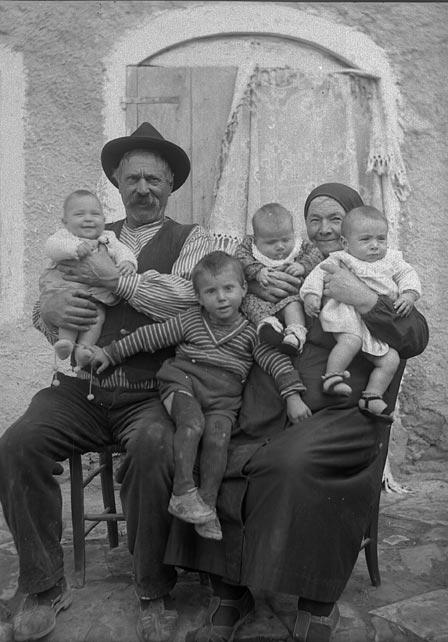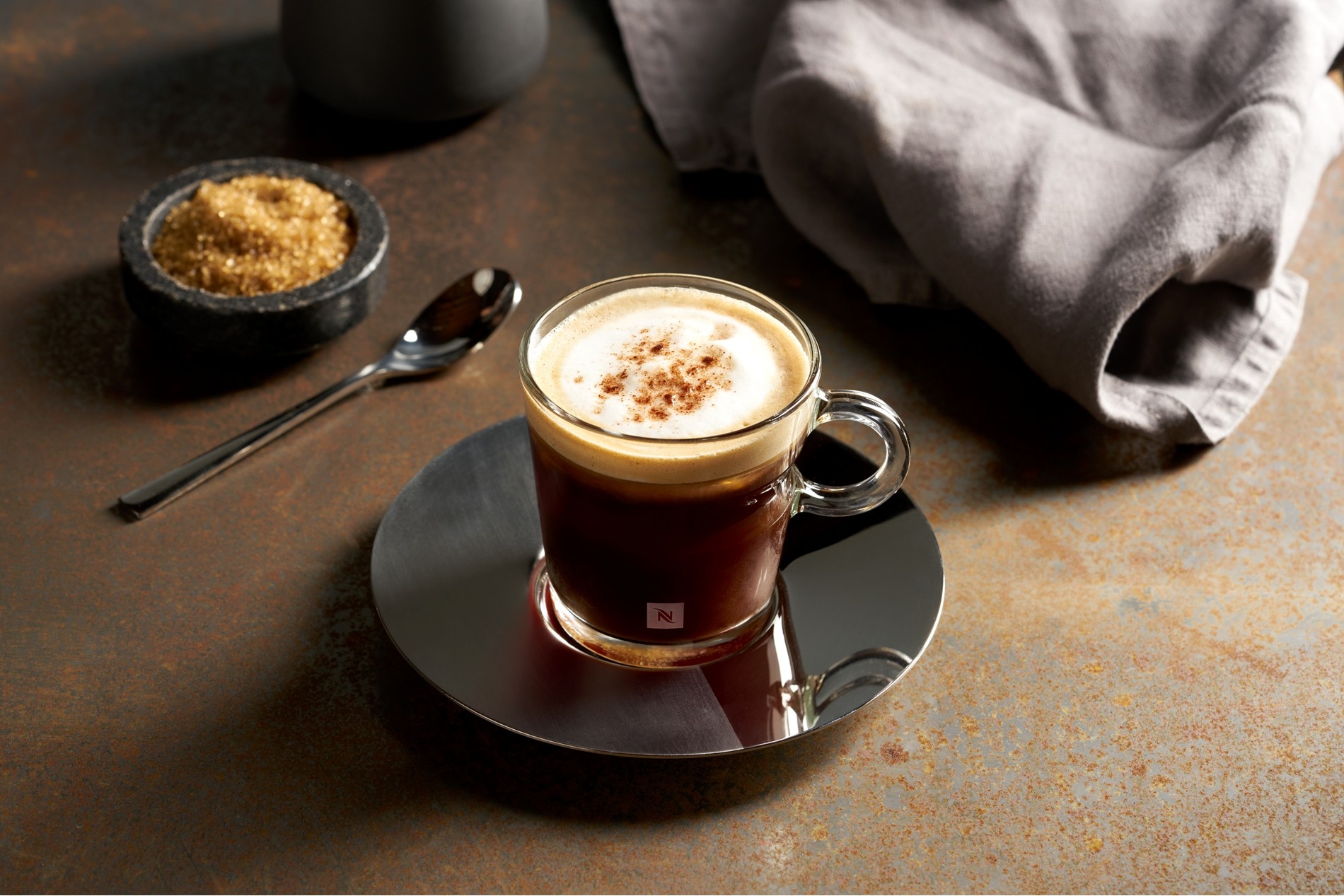Ciao e benvenuto a tutti! If you are reading this post, you have found my tenth blog, or in Italian, il mio decimo post sul blog. And if that is not music to your ears, then today’s topic will surely get you movin’ to the beat. Just like in America, music is a staple of Italian culture. Yet the Italians take the melody to a completely different realm than the pelvis-shaking pizzazz of Elvis Presley and the booming bass of Drake. Come along with me as I unfold the symphony of the big boot’s rich music taste.

It may come as no surprise that much of the traditional popular music in Italy took its roots in opera. Even entering the 1900’s, many songs relied on the bellowing talent of an opera singer. Perhaps one of the most iconic songs, O Sole Mio (1898) features the profound, elongated melodies and the large octave range of an opera song. Songs like O Sole Mio are well-known even among young children today and have been covered by Italian greats like Luciano Pavarotti and even Elvis himself. Fast forward to the mid and late 20th century, and artists still marched to the beat of the same drum. Lucio Dalla’s Caruso (1986) and Andrea Bocelli’s Con te Partirò (1995) are just a few songs that mimic this iconic style. In addition, many of these famous pieces have been covered by various artists and groups over the years. Namely, the young trio Il Volo remasters several classics, causing songs like Caruso to hit a high note.

Just like everywhere else in the world, however, Italians’ music tastes evolved over the years. In the 1950’s and 1960’s the Italians decided to jazz up their songs with stylistic elements from jazz. Popular hits like Tu Vuò Fa’ L’Americano (1956) and Volare, Nel Blu Dipinto di Blu (1958) carried swingy melodies and jazzy percussion elements. And if that’s not enough of a change in tempo, the music once again shifted to conform to the rising style of pop in the 1980’s and 1990’s. It was during this time that some of the catchiest Italian songs were released. Personally, one of my favorite singles, Totò Cutugno’s L’Italiano (1983) was released during this period. This song truly embodies Italian culture, as it describes common “stereotypes” and expresses pride in these commonalities. Lines like “Buongiorno Italia, Buongiorno Maria” resonate with many, especially because it seems like a third of Italian women have some variation of the name Maria. And while a song about being Italian seems like it would be tone deaf, the entirety of Italy and I assure you that it is worth its legendary status.
:format(jpeg):mode_rgb():quality(90)/discogs-images/R-802608-1484323272-2747.jpeg.jpg)
Nowadays, Italian music has diverged into two prominent categories: pop and hip-hop. Names like Irama, Fedez, and Ana Mena thrill the younger population with upbeat tunes. If you enjoy songs like Danza Kuduro, chances are, you will like the similarly styled Italian songs, like Irama’s Una Cosa Sola and Fred De Palma’s TUTTO QUELLO CHE HO. If you are a larger fan of hip-hop, may I interest you in Sfera Ebbasta? His songs may not be to the same beat as those of Lil Baby, but his songs have gained traction internationally. As a matter of fact, he has even collaborated with Offset and Diplo. In short, Italian music has everything needed to please a broad audience. If you are interested in listening to a song, I will link a few below. With that, I will be signing off once more. Arrivederci!

Songs:
Sources:









